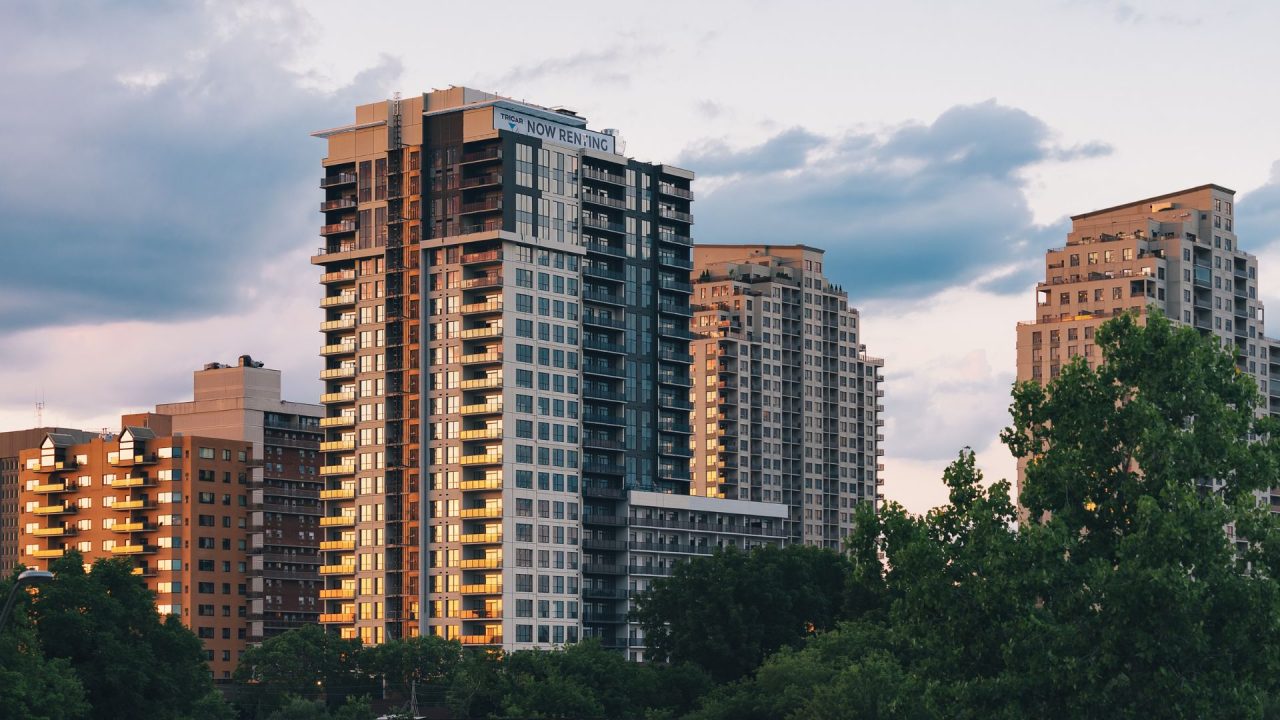The apartment market is experiencing a notable shift, with both increased availability and intensified competition in certain key areas.
This year sees a substantial influx of new apartments entering the market. Concurrently, rents have seen a consistent decline over the past six months, reaching their lowest point since March 2022, as reported by Apartment List, a prominent search site.
According to Apartment List, the latest median rent estimate for a one-bedroom apartment nationally stands at $1,207, while for a two-bedroom, it’s $1,359. These figures reflect a 0.3% decrease in the nationwide median rent in February compared to January, a 1% decline year-over-year, and a significant 4.7% drop from the peak observed in August 2022.

Projections suggest that rents will continue to decrease, given the current multifamily vacancy rate of 6.5%, which is expected to rise further as more rental units become available. However, the dynamics of real estate vary from one location to another, with some apartment markets exhibiting higher demand and competitiveness.
A recent report from RentCafe identifies Miami as the most competitive rental market for 2024. RentCafe’s rankings are based on five key factors: vacancy duration, occupancy rate, competition among prospective renters, lease renewal rates, and the proportion of newly completed apartments.
In Miami, apartments are being leased within an average of 36 days, compared to the national average of 41 days. With 14 prospective renters vying for each unit, Miami surpasses the national average of seven, boasting an impressive occupancy rate of 96.5%, in contrast to the national rate of 93%.
Following Miami, Milwaukee ranks second, with apartments being rented out in an average of 37 days and an occupancy rate of 95.1%. Cities like Chicago and Grand Rapids, Michigan, also feature prominently on the list, reflecting the growing popularity of the Midwest among younger renters due to its relatively affordable living costs.

The increasing adoption of remote work has contributed to migration towards the region, yet the diminishing apartment supply has intensified competition. The Midwest emerges as the most sought-after region for renters, offering an attractive option for those aiming to save for homeownership.
“While renting in the Midwest is an appealing choice for many prospective homeowners, including both long-time residents and newcomers, it enables them to accumulate savings for down payments until they’re ready to realize the dream of homeownership,” states the RentCafe report.
Despite the rise in rental supply, sustained demand persists due to the limited availability of homes for sale in the current market and the upward trajectory of mortgage rates. High home prices, coupled with increasing mortgage interest rates, present challenges for younger Americans aspiring to transition from renting to homeownership.


